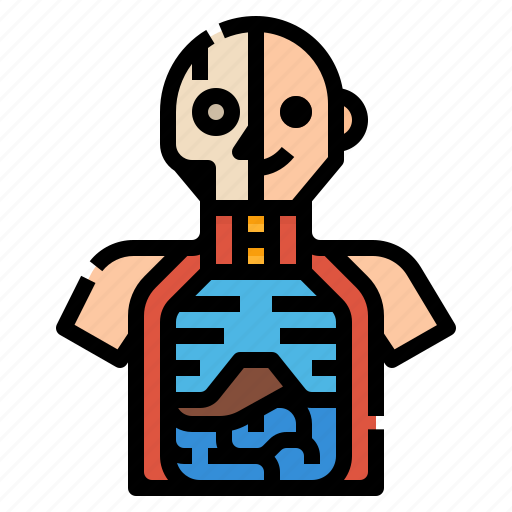The human body is made up of bones and muscles. Bones, as their name suggests, are long, thin, and flexible. Muscles, on the other hand, are short, thick, and hard. The muscles cover the whole body and help in all sorts of functions.
There are four parts of the body that are interlinked: the skeleton, the respiratory system, the nervous system, and the reproductive system. The skeleton is the framework of the body and the skeletal system includes the musculoskeletal system. It also includes the nervous system and the reproductive system.
The skeleton contains the major organs such as the lungs, liver, heart, and brain. The lungs help the body to get oxygen. The liver is an organ that produces bile, which helps digest the fat.
The brain is the main organs that control the senses, motor functions, and bodily functions. All these are vital in the functioning of the body. The respiratory system provides air and other nutrients.
The nervous system is responsible for all our thinking processes. The reproductive system and the reproductive organs are responsible for the reproduction of the human body. The reproductive system is also responsible for producing hormones, the blood, and other components of the body. The reproductive system also includes the nervous system that controls reproduction.
There are two ways to go about answering questions that you have in mind: by studying the whole body or by focusing on a specific part. If you do it the latter way, you need to focus on only one part so that you can better understand how all of these organs work together.
As medical students, you will spend more time with these organs and systems, so make sure that you understand them thoroughly. before asking anatomy questions for students. so that you know exactly what the answers mean.
For medical students, learning anatomy is not enough. They should also be able to identify and explain how to use these organs. The use of anatomical terminology is essential in explaining why a certain organ is used.
For those medical students who want to go beyond anatomy, they should try to know about physiology. physiology includes everything about the body. from the chemical makeup of the organs to the functions and effects of the organs.
Medical students can also learn about diseases, and disorders from their school education. In some countries, students take part in clinical studies. This helps them learn more about diseases and the treatment of diseases.
Other subjects to consider for anatomy questions for students are anatomy of the circulatory system, the digestive tract, nervous system, and the reproductive system. They also might consider anatomy of the eyes, the bones, the nose, the skin, and the mouth. These three parts of the body are very important parts of the body and they also need to be studied properly.
If you plan to study biology as a student, you might want to study anatomy questions for students. This is another good way to learn about how the body works. Since all living things come from plants and animals, understanding how these organisms work is very important.
This type of knowledge is a great way for you to gain a deeper understanding of human anatomy. As students grow older, they will have to continue to gain knowledge about these topics so they can understand the functions of their body. This knowledge will help them with their job searching for jobs in the future.
If you are interested in medicine, you should definitely be interested in studying anatomy questions for medical students. There are many different types of medical conditions that are related to different areas of the human body. Once you have a basic understanding of these, you can use this information in order to treat the body to prevent any possible health problems.
One of the most common questions that medical students ask is: Why are the organs and systems in the body important? This can help you better understand your own body and why you need to pay attention to the functions of these organs and systems.


